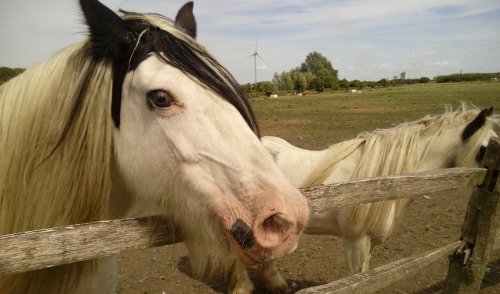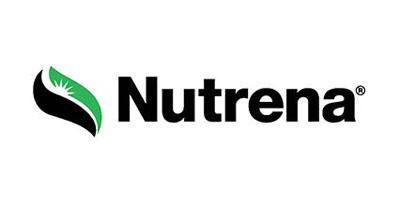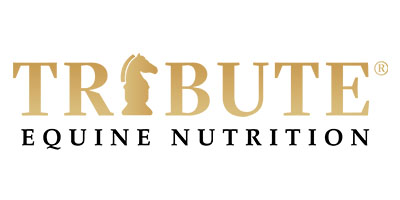{article.name}
Stay Informed
Protection and Support for Optimal Joint Health

- Share this:
- Share on Facebook
- Pin on Pinterest
- Tweet on Twitter
Daily exercise and the rigors of competition are some of the most common causes of joint injuries in horses, injuries which can lead to a considerable amount of lost training time. While a horse’s body has a tremendous capacity for repair, it is not uncommon for damage to exceed this capacity. In such instances, feeding a health and support supplement for joints is an ideal solution for protecting against joint damage and helping the horse’s body to repair ongoing damage.
Wear and tear on the skeletal system of a performance horse, particularly the cartilage surfaces of joints, may be an inevitable consequence of exercise or simply getting older. Degenerative joint disease (DJD) sometimes referred to as osteoarthritis (OA), is believed to increase with age and is often seen in active performance horses.
Horses’ joints act as shock absorbers, providing a lubrication system to reduce the friction between the joint surfaces during movement. The articular surfaces (on the ends of bones within a joint where they meet) are protected by a layer of slippery, spongy cartilage. When properly lubricated, the cartilage allows for near-frictionless movement of the joint along with the ability to absorb the shock being transmitted up the limb from the impact of the foot on the ground. The joint itself is contained within a joint capsule, which attaches to both bones and is stabilized by ligaments. An essential component of normal joint function and health is continued lubrication of the joint, which reduces the damaging effects of friction. If the fluid is absent, the joint will begin to grind itself away, in the same way a car engine without oil will quickly seize up.
The risk of developing OA increases with intensity and duration of exercise, years in training, time spent on hard ground, and the amount of jumping exercise. Concussive forces, or violent shocks to a joint, involved in many equestrian sports leave the horse vulnerable over time. This has fueled an ongoing debate over the importance of volume of work versus quality of work in achieving the right balance between training and general wear and tear. Ultimately, a good training and qualification program should strive to minimize the amount of impact on the joint, while achieving optimum cardiovascular, respiratory, muscular, skeletal and psychological fitness for the task at hand.
Supporting Joints with Purina® FreedomFlex™ Joint Health Product
Providing a health and support supplement for joints is often one of the best remedies for OA. Recently, Purina Animal Nutrition partnered with U.K.-based Science Supplements to launch a line of horse supplements that includes FreedomFlex™ Joint Health Product, which contains high quality ingredients tested against the stringent research standards that both Purina and Science Supplements are known for. This means that Purina Animal Nutrition products are proven to work before being released.
Dietary joint supplements are intended to reduce inflammation and pain in joints. Several compounds are crucial in joint supplements for optimal support of joint structure and function. FreedomFlex™ Joint Health Product is a premium scientific formula that contains beneficial levels of chondroitin sulphate and glucosamine, which are crucial for the effectiveness of joint supplements. Key ingredients at ideal levels help stimulate the synthesis of collagen, necessary for joint support.
Purina® FreedomFlex™ Joint Health Product includes effective levels of additional premium active ingredients such as MSM (methylsulphonylmethane) and omega-3 fatty acids, both of which possess anti-inflammatory properties. Studies have shown omega-3 fatty acids are crucial to the normal synthesis of collagen. As a result of such high levels of premium-grade active ingredients, results can be seen as soon as 14 days.
The new line of supplements available in the United States can be found at your local Purina dealer. To learn more, visit www.purinahorsesupplements.com or talk to your local equine specialist.
Special Offers
We are constantly adding new specials to our site. Be sure to check back often!




Comments